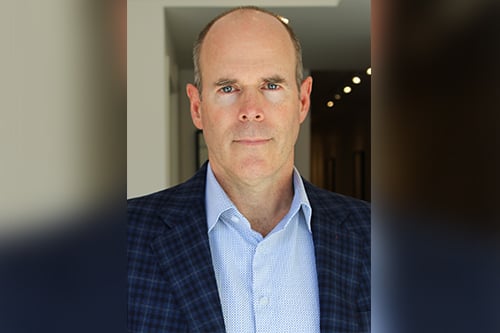Brokers might be rejoicing in today's rock-bottom interest rates and the spike in business they've facilitated, writes Jerome Trail, but what happens when rates start rising?

We are fortunate in the mortgage industry. While other sectors have slowed or even shut down in the face of the pandemic, home financing is thriving. Borrowers have been rejoicing in the benefits of incredibly low interest rates – and mortgage brokers are cheering at this influx of new business.
This frenzy of activity happened so quickly that it’s been difficult to process how these incredibly low rates are going to impact the broader economy in the long term. And in the short term, we’ve been trying to get our clients into new mortgage products while the demand – and supply – lasts.
But given that our advice plays a major role in people’s financial security, the big picture should give us pause. There has been little dialogue on how this situation is going to be sustained. When lending rates are lower than the rate of inflation, it begs the question: Just how is this sustainable?
It’s clear that the federal government is taking unprecedented steps to keep economic activity going. The Bank of Canada has said they don’t plan to raise the overnight lending rate for the next two years – one of the first times the central bank has made such a declaration to the market. So far, it seems to be working. And as long as the central bank continues to keep liquidity in the market, economic activity will continue rolling. But there may be a day when this is no longer feasible as the debt becomes too much of a burden.
Already, there are signs of concern. Over the last few months, the International Monetary Fund reported that Canada's debt has grown to 20% of GDP and is the highest out of the G20 nations. Adding to the concern, Fitch Ratings stripped Canada of its AAA status in June. A close friend of mine was head of fixed income securities at a large bank for many years. When I asked him how this situation is sustainable, he had a very short answer for me: It’s not.
Sure, we can keep it up in the short term, but there is no possible way a long-term lending solution can be less than inflation. At this stage, my friend says people should have the following thought in the backs of their minds: What is the lending environment going to look like five years from now?
I also spoke with a senior executive at one of the nation’s lenders. He believes the federal government is essentially subsidizing the entire business right now by keeping liquidity within the markets. They’re buying bonds and commercial debt – actions that have kept our economy rolling. In light of this likely untenable situation, mortgage brokers not only need to be thinking ahead, but also thinking quite differently to give their clients the best advice.
Take mortgage term lengths, for example. As we all know, the five-year mortgage is the de facto standard. And there’s no question this is a good option for many people. But for borrowers concerned about the markets in these unprecedented times, securing the longest-term solution they can get is the probably the best course of action. In Canada, that’s a 10-year fixed rate mortgage. If buyers can lock in financial security for seven, eight or 10 years at interest rates that are the lowest we’ve ever seen, that could well be the most viable option for financial stability and mortgage certainty.
What does the future hold? Will we experience a period of rapid interest rate hikes within a few years? Are we going to experience negative inflation? My crystal ball is no better than anyone else’s, but we need to start having the conversation.
Jerome Trail is the broker of record at The Mortgage Trail, a Toronto-based boutique brokerage helping homeowners navigate the mortgage landscape.



